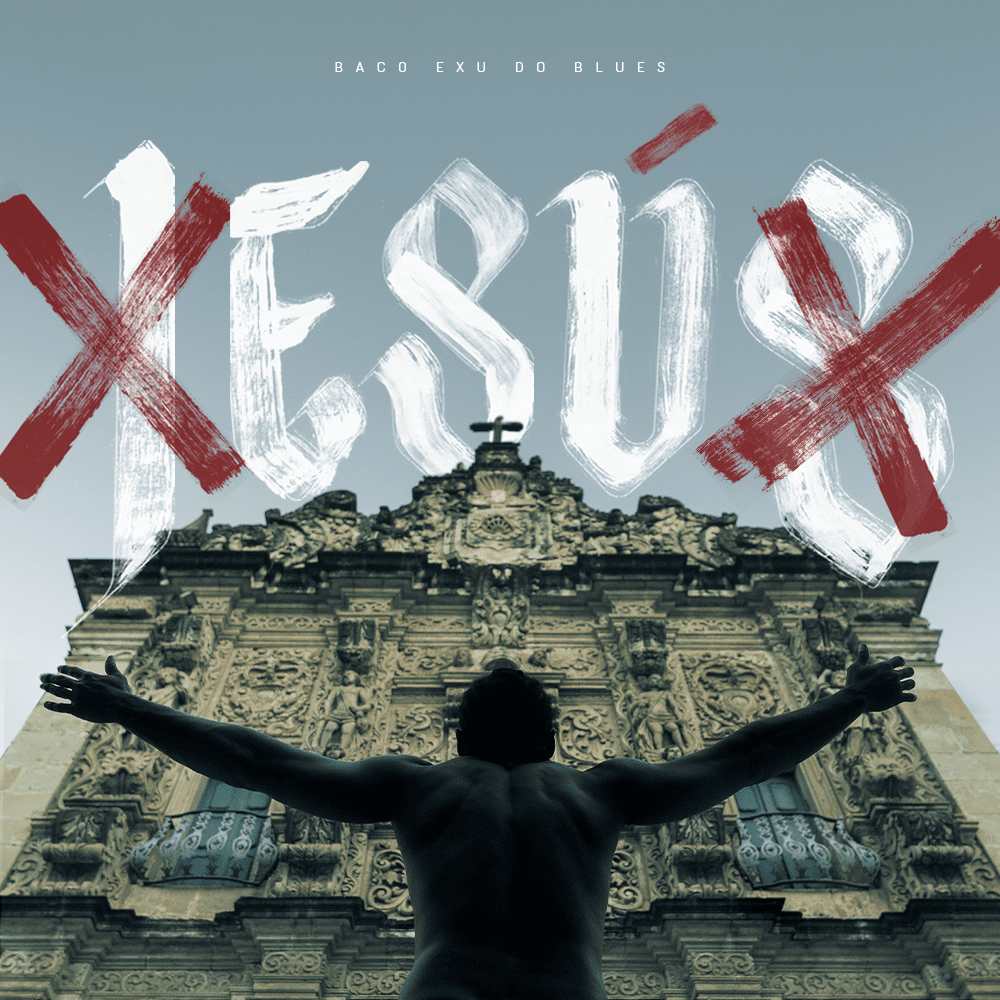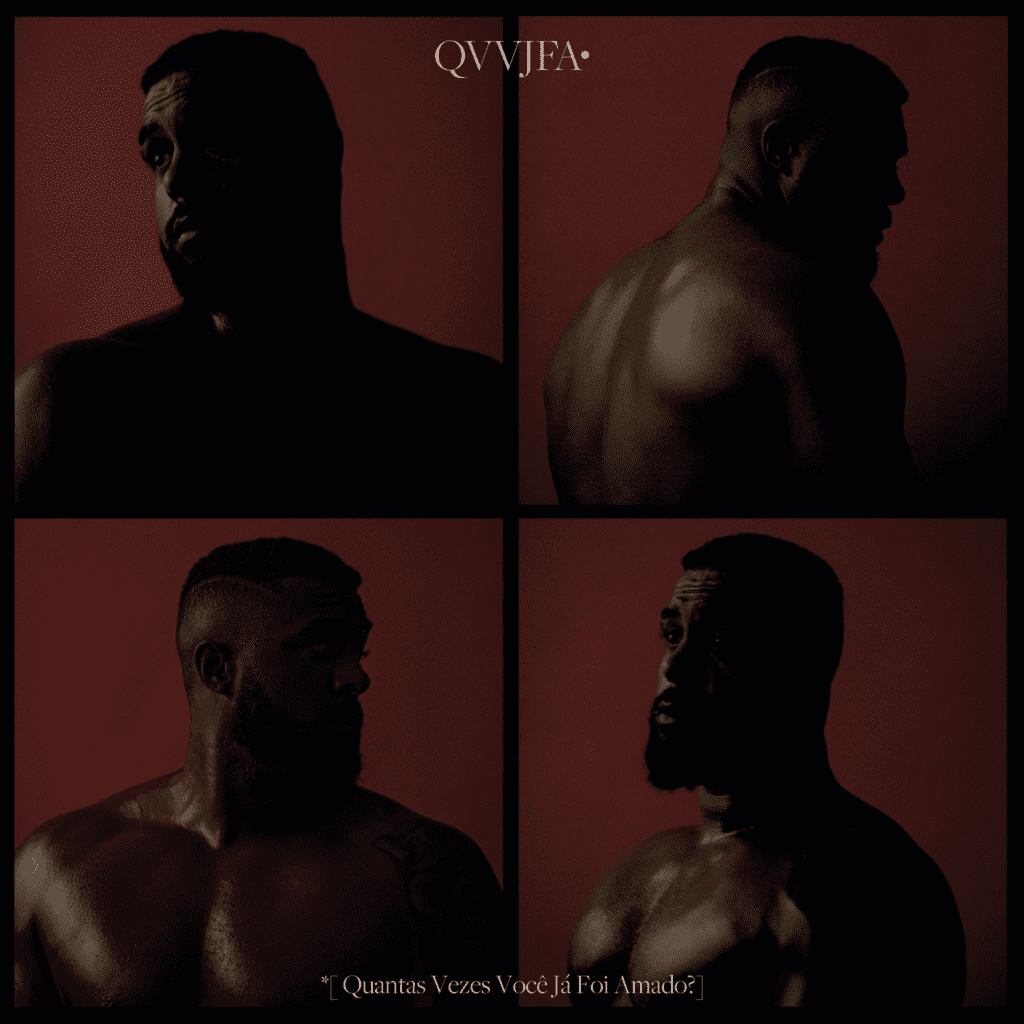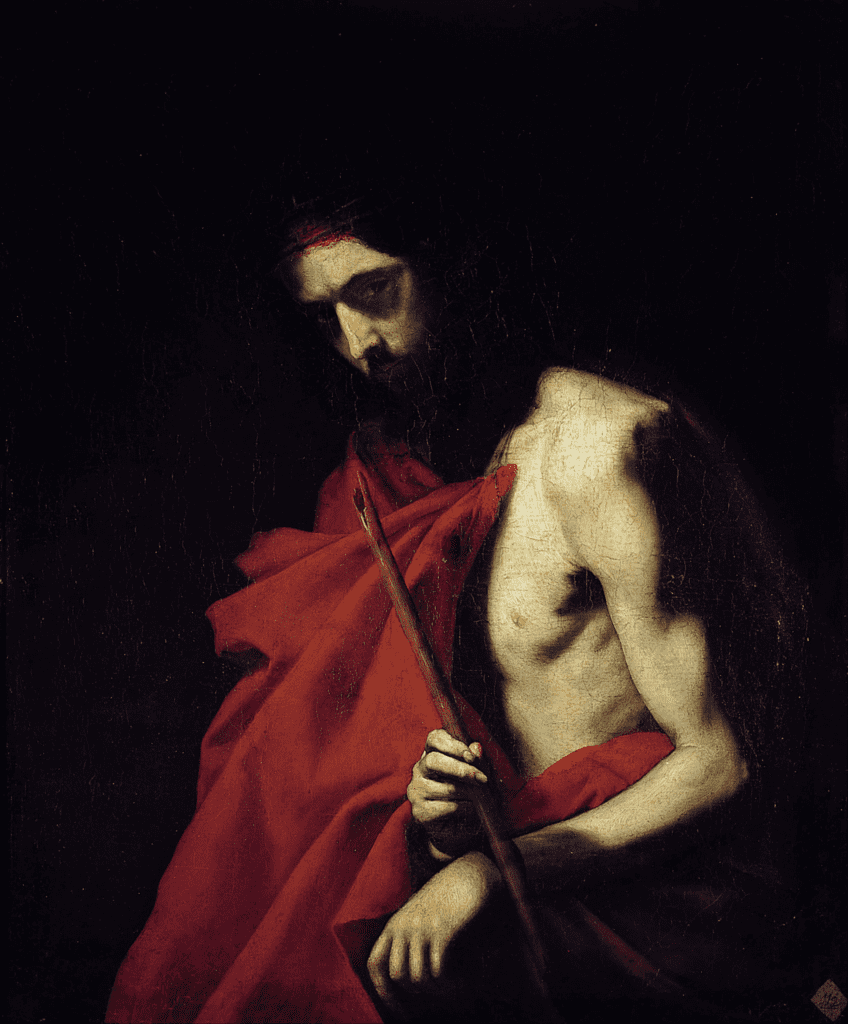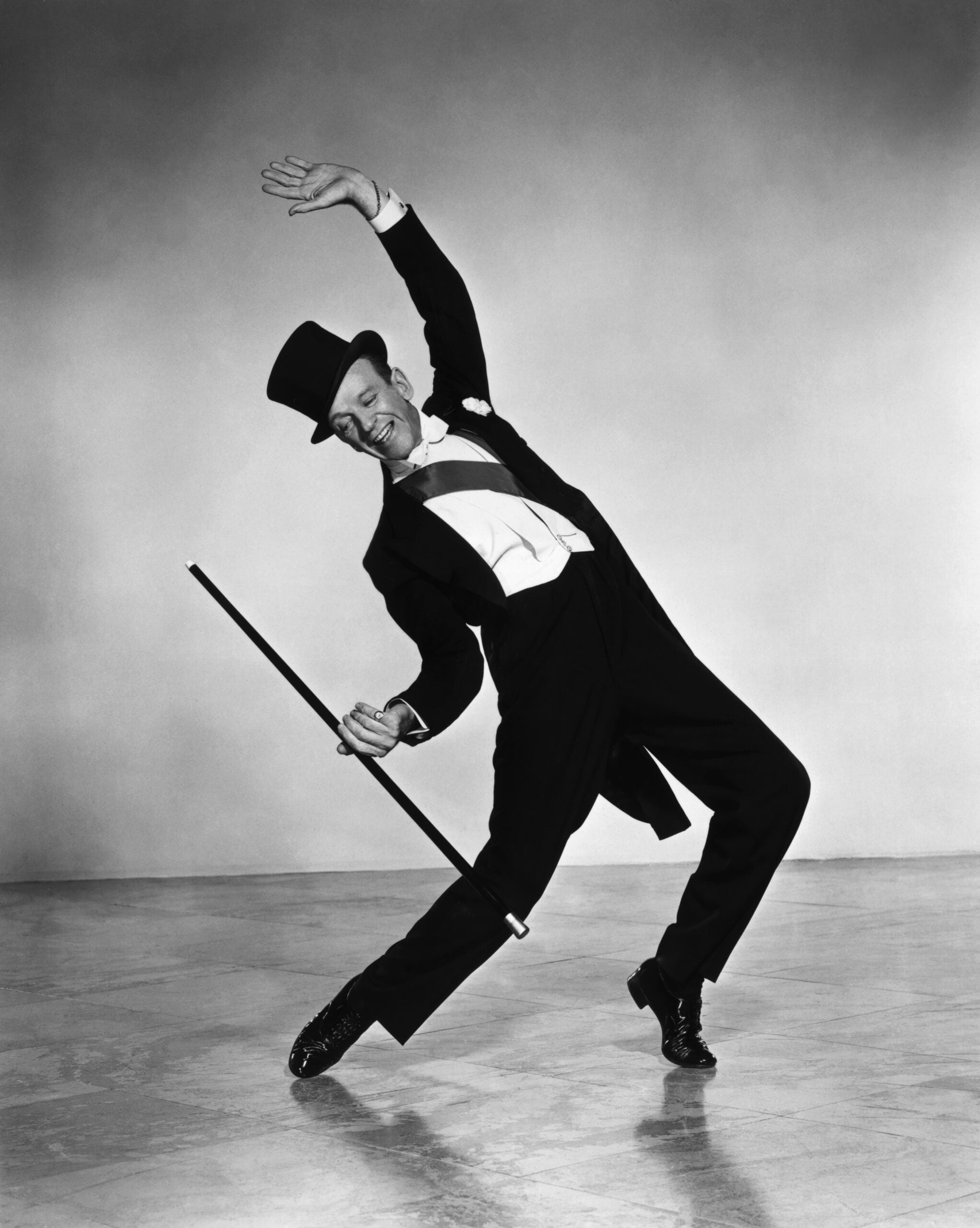Baco Exu do Blues
Baco Exu do Blues, whose real name is Diogo Álvaro Ferreira Moncorvo, is a multifaceted young artist from Bahia who has stood out in recent years in the country's music and art scene. Born in Salvador, Bahia, in 1996, Baco is known for his ability to mix different musical genres, such as rap, blues, MPB and jazz. His rap career began mainly with the single “Sulicídio”.
Sulicídio is a rap song released in 2016 by Northeastern artists Baco Exu do Blues and Diomedes Chinaski. The song is considered a milestone in the dissemination of rappers from the Northeast on the national scene, and has a provocative and challenging tone in relation to rappers from the Southeast, also known in rap tradition as a “diss”.
The lyrics contain several cultural references and social criticism, in addition to stinging some names in Brazilian rap, such as Nocivo Shomon, Ret and Felp. The song is part of the album Sulicídio, which also features other tracks by the two rappers. The song's title is a portmanteau of the words "suicide" and "south", suggesting that rappers from the Northeast are killing those from the South with their rhymes and attitude.
But tell me, what do the Renaissance, the Catholic Church and Baco Exu do Blues have to do with it?
Emergence of Baroque in Europe
The Baroque movement emerged in Europe in the 17th century, in a period of profound social and cultural changes, such as the Protestant Reformation. Characterized by the pursuit of emotion and drama, the Baroque was an artistic movement in reaction to the Renaissance.
One of the main features of Baroque is the use of contrast, which was used to create dramatic tension in the work. This technique was applied to different elements, such as light and shadow, light and dark, high and low relief and color. In addition, the Baroque movement also valued exuberance and ornamentation, which was reflected in the architecture, painting and sculpture of the time.
Drama was another fundamental element of the Baroque, and was present both in themes and artistic forms. Baroque works often dealt with religious themes, such as Christ's suffering and redemption, and used dramatic devices to awaken emotions in the viewer. Baroque art was also characterized by exuberance and movement, with figures in dramatic poses and intense expressions.
The Baroque in Brazil arrived with the Portuguese colonizers and began its real development at the end of the 17th century. Brazilian Baroque was influenced by both the European artistic tradition and the local culture of the colonial period.
Bahian baroque

In Bahia, in particular, the Baroque gained a unique expression, which reflected the region's rich history and complex cultural relationships. Its churches had a unique expression – despite being devalued nowadays in favor of the Baroque of Minas Gerais, found mainly in churches such as São Francisco de Assis in Ouro Preto and Aleijadinho.
In terms of architecture, this is mainly because the churches in Bahia did not maintain their Baroque style inside the church, undergoing renovations that adapted to the dominant style of the time, while the style from Minas Gerais remained more “untouched”.
At the Bahian Baroque, we can say that the Church of the Third Order in Salvador is the greatest architectural example. In Painting, one of the biggest names is José Joaquim da Rocha, members of what he got used to calling the Bahia School of Painting. In literature, the highlight is Gregório de Matos, also known as boca do inferno and Padre Antônio Vieira.

The chiaroscuro (chiaroscuro) in the baroque movement

These days, the lighting in the above painting might not surprise you as much. We see this aesthetic almost everywhere: in photography, film and painting. But it was not always so. Only in the Renaissance was this type of lighting created. And it was only in the Baroque that it was more explored and potentiated, therefore being more associated with this movement. She was, after all, the face of the Baroque duality: light and shadow, light and darkness.
The name of this technique is Chiaroscuro, which means “Light-Dark” in Italian. Pretty self-explanatory, isn't it? Chiaroescuro consists of a play of light and shadow, in which well-lit areas contrast with areas of profound darkness, creating a sense of volume, depth and drama. Too much drama.
In the Baroque, this technique is an essential tool for expressing grandeur and mystery, giving an emotional and mythical tone to the works. Through the skillful use of Chiaroscuro, painters were able to bring the sacred figures to life, making them seem to emerge from the painting itself, allowing for a more complex relationship with the canvas.
Many famous painters used it, notably Caravaggio, Rembrandt and Goya. Caravaggio, for example, used the contrast between light and dark to draw more attention to the central figure in the scene. Rembrandt explored soft and diffused lighting, using the technique to represent the shape and texture of reality in a specific way, known as the “Rembrandt effect”. Goya often used the technique to portray darker and frightening aspects of life.
In portraits, Chiaroscuro is used to model the faces and bodies of those portrayed, accentuating their features and expressions, making them more vivid and captivating. Thus, Chiaroscuro becomes a trademark of the Baroque and certain painters, contributing to the creation of profound works of art, charged with emotion and realism.
Baco Exu do Blues and baroque aesthetics

Alright, but what does Exu and Hip Hop have to do with the Catholic Church?
In the release of his first album, Esú, Baco used a series of photographs by Mário Cravo Neto, photographer and sculptor from Bahia, to represent his album. From the album cover to the ones used in the youtube videos, the photographs use the Chiaroscuro techniques invented in the Renaissance to contrast the black skin under the light. In some photographs, like the one below, this is easily seen.

Baco's preference for Chiaroscuro lighting, however, is not an exclusive preference for one album. It's a solid choice that sticks throughout your career. As in Esú, Bluesman and his photographs also feature this baroque contrast between shadow and reflection.
In this album, the Chiaroescuro of Baco Exu do Blues aesthetics can be defined from the name of a song: “Preto e Prata”, being silver the color of the reflection of light on black skin.


In “How many times have you been loved?”, Bacchus no longer chooses to have several photographs to represent the album. The chosen sequence of four portraits, however, further intensifies Baco's preference for Chiaroscuro, bordering on a trend known as Tenebrism. In Tenebrismo, the shadow takes up even more of the canvas, ensuring that the illuminated surfaces will gain prominence and give the painting volume. In addition, in Tenebrism, it is common to use the contrast between black and red.



Baco Exu do Blues and baroque poetry
Chiaroscuro, a lighting technique that combines light and shadow, played a key role in the Baroque movement. This technique, known as “chiaroscuro” in Italian, was developed during the Renaissance and widely explored and improved in the Baroque period. Chiaroscuro was perfectly suited to the duality of the Baroque, representing light and dark, clarity and shadow.
In the context of the Brazilian rapper Baco Exu do Blues and his relationship with the baroque, we can observe the influence of Chiaroscuro in his visual aesthetics. In the album “Esú”, Baco used photographs by Mário Cravo Neto, a renowned Bahian photographer and sculptor, who applied Chiaroscuro techniques to create contrasts between black skin and light. This preference for Chiaroscuro was not limited to a single album, but was maintained throughout his career, as we can see in other works, such as “Bluesman”. The use of this baroque contrast between shadow and reflection is also evident in the photographs chosen by the rapper.
The aesthetic choice of Baco Exu do Blues to use Chiaroscuro makes perfect sense, considering the recurring theme of dualities present in his lyrics. The songs on the album often have a theme of division, a struggle. The rapper is always torn: between gods and men, between love and hate, between self-esteem and self-hatred. Always moving between these opposite poles.
Baco reinforces this lyrical message of his songs through the use of Chiaroscuro. This visual approach enhances the artistic expression of its lyrics, allowing the dualities to manifest not only in words, but also through powerful and striking visual elements. It thus provides a cohesive and impactful aesthetic experience for its audience.
references
Chiaroscuro in Art – The Ultimate Guide – Draw Paint Academy
Works by José Joaquim da Rocha | Itaú Cultural Encyclopedia (itaucultural.org.br)
General Aspects of Bahian Colonial Religious Architecture by Vilmar Francisco Mayer (ufrgs.br)




1 thought on “A luz na estética de Baco Exu do Blues e o Barroco”